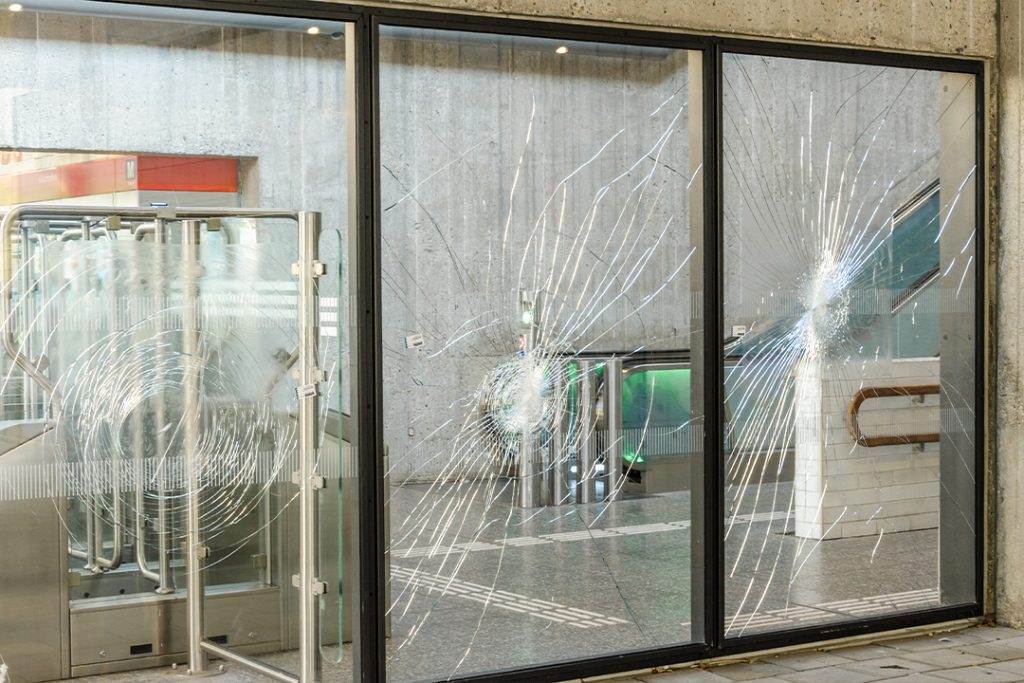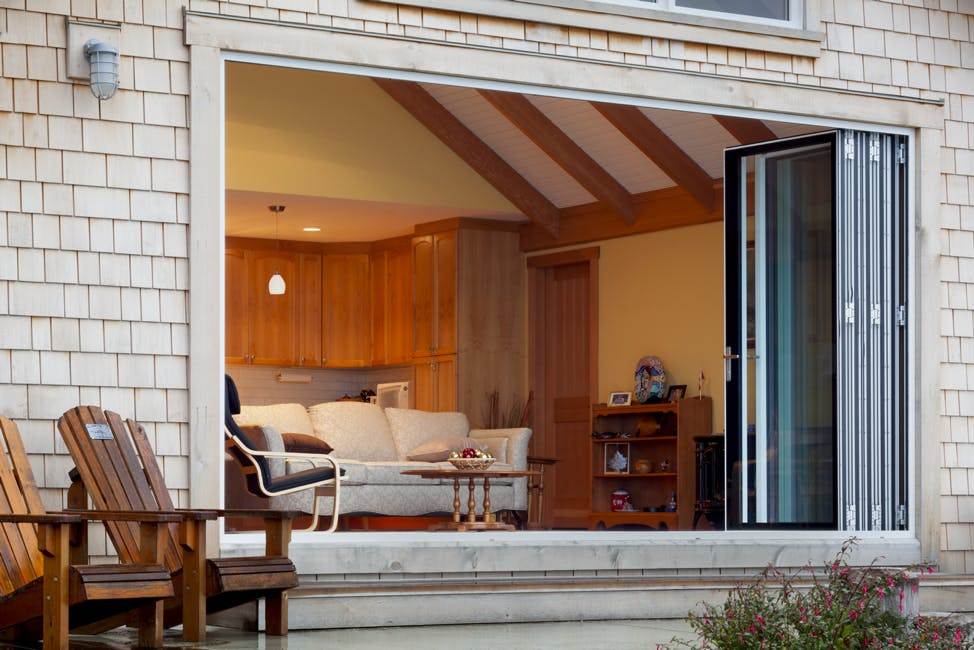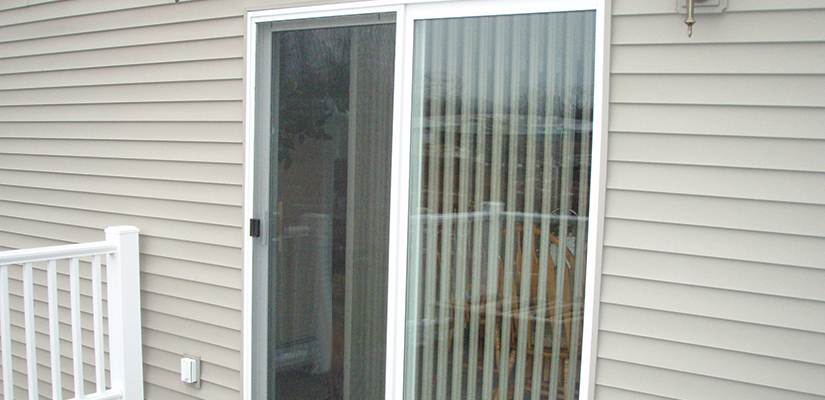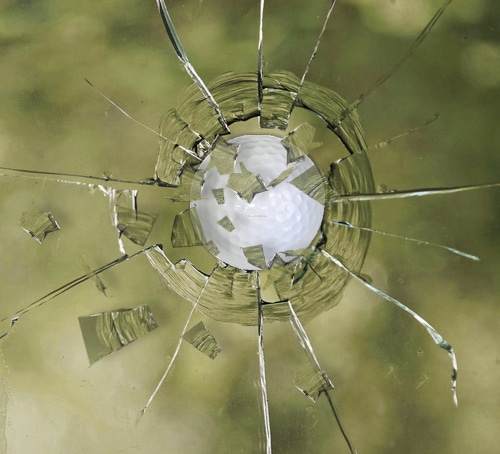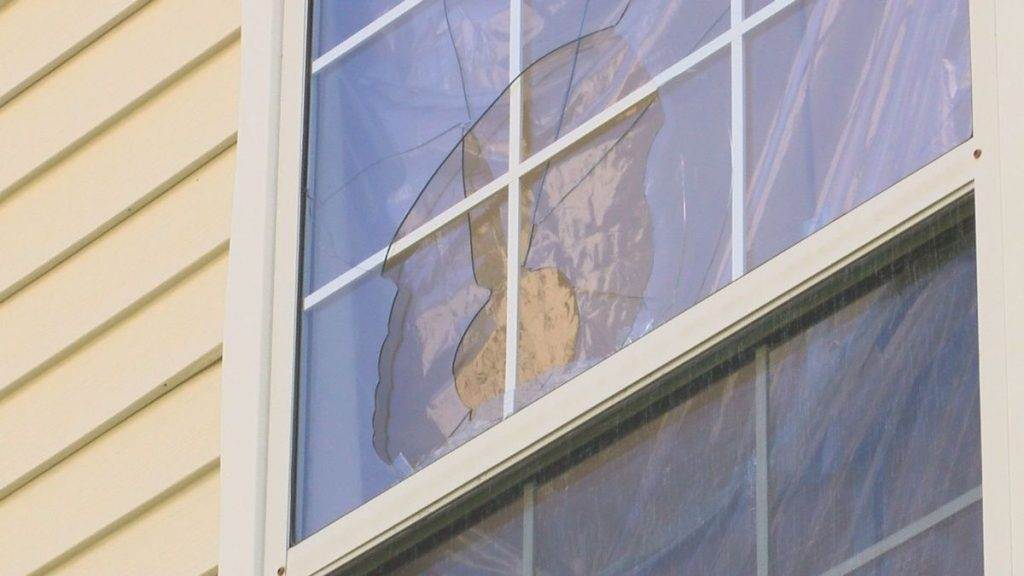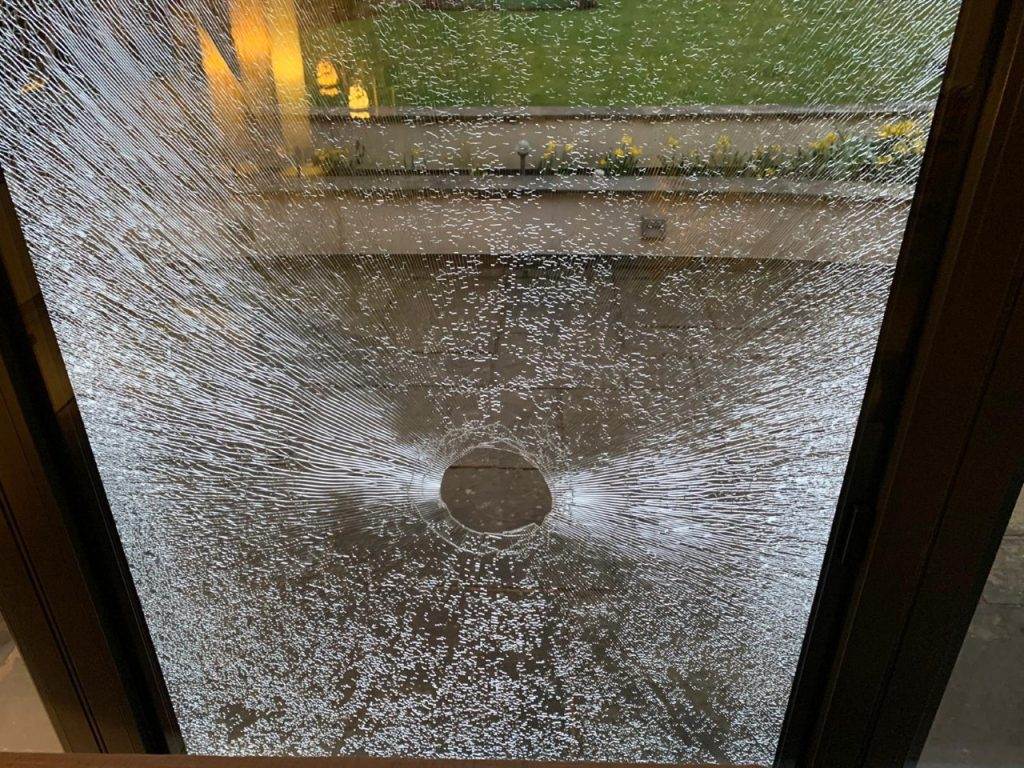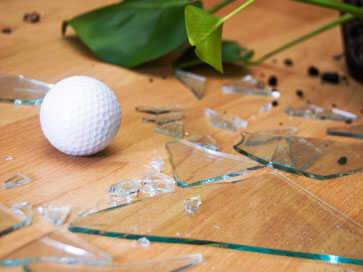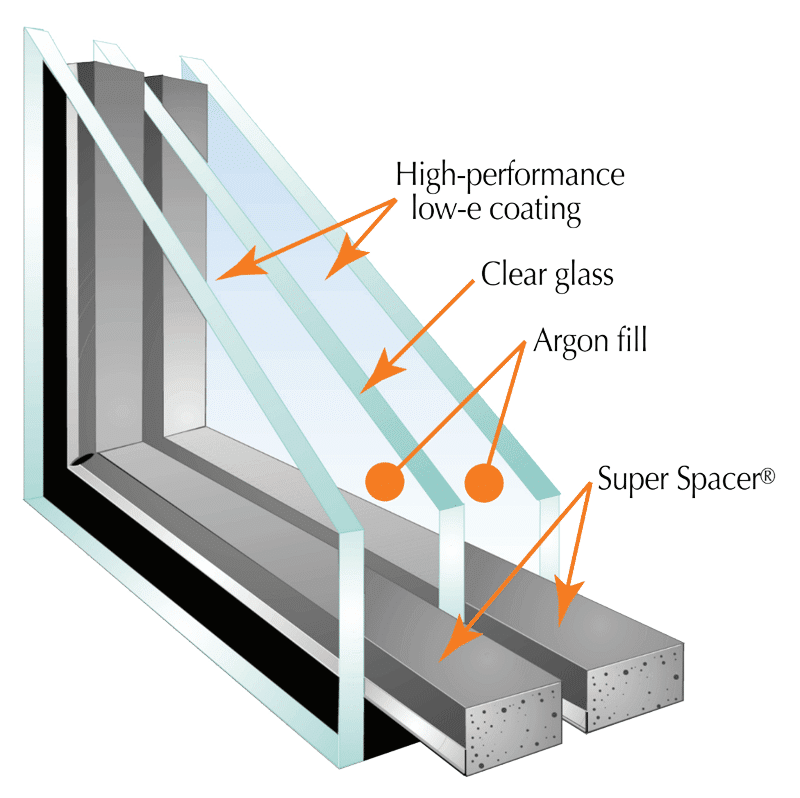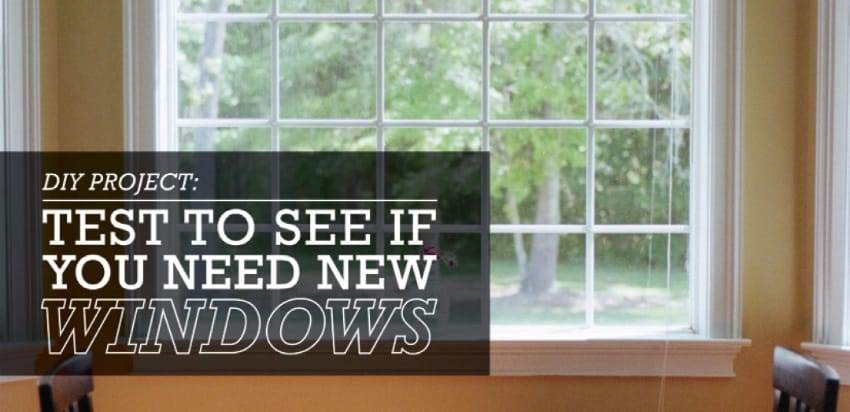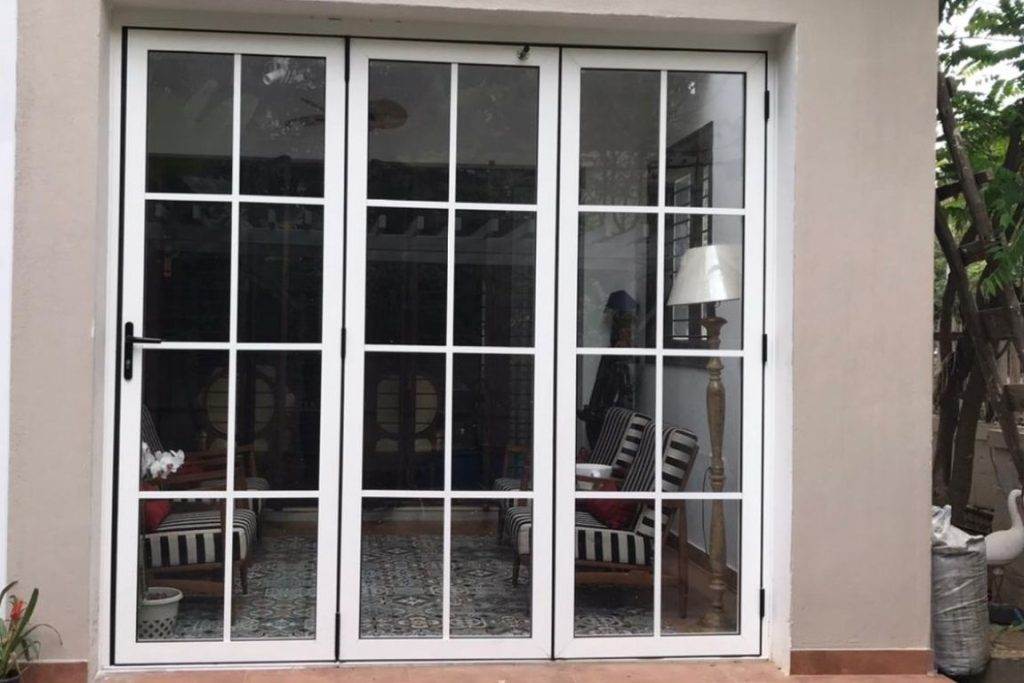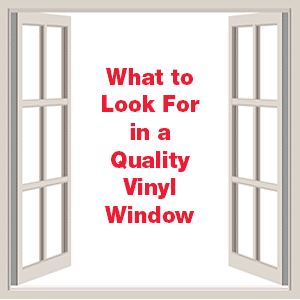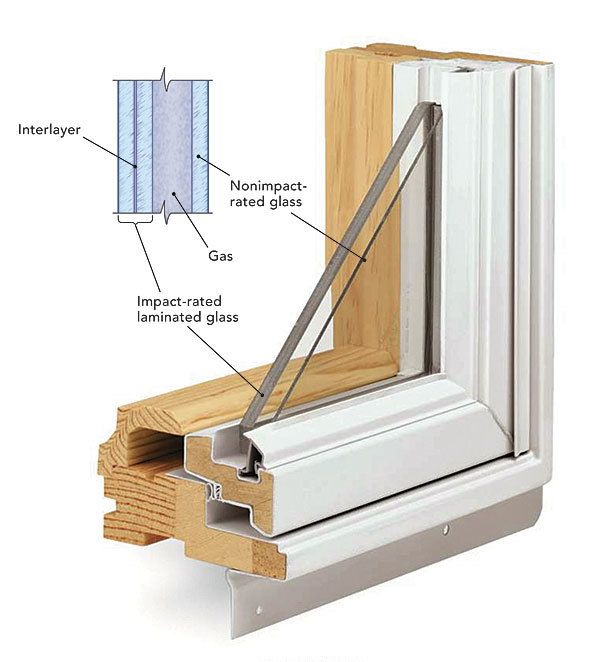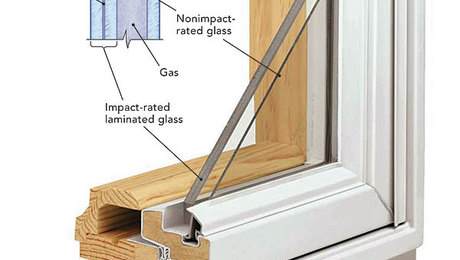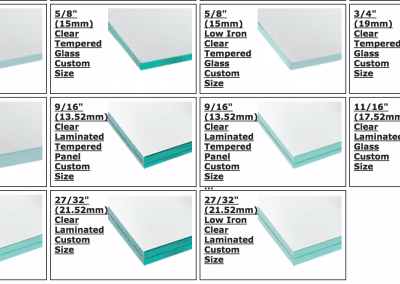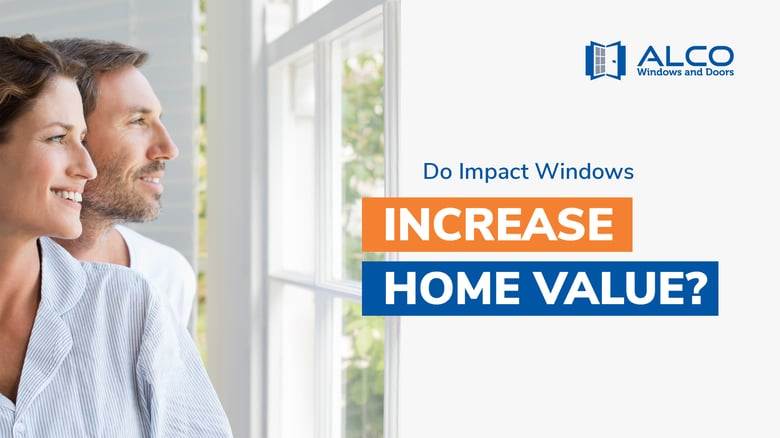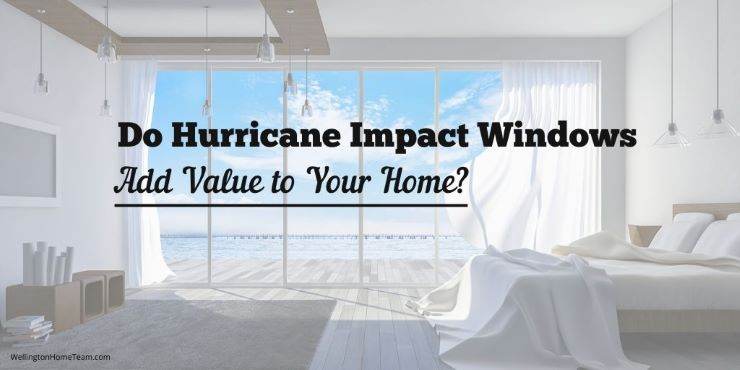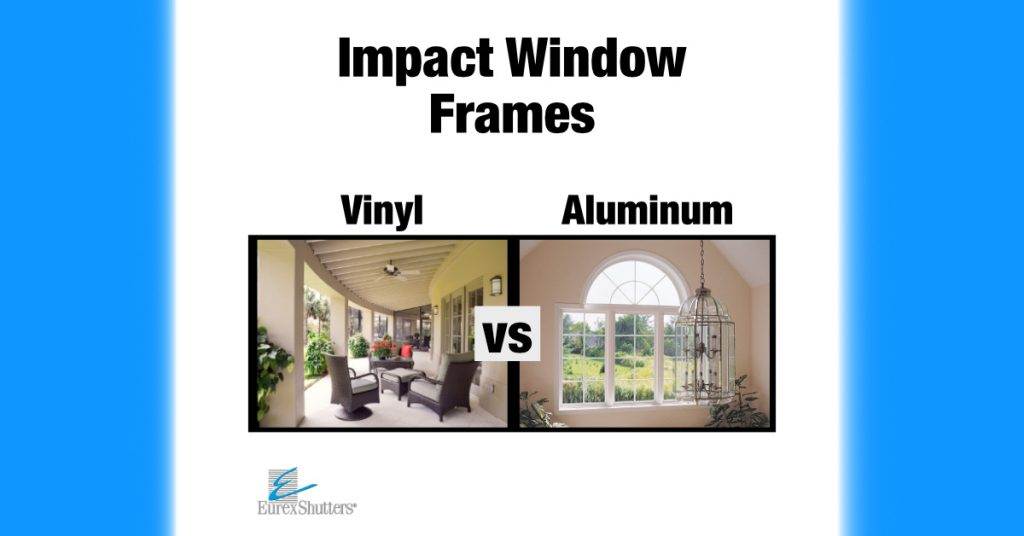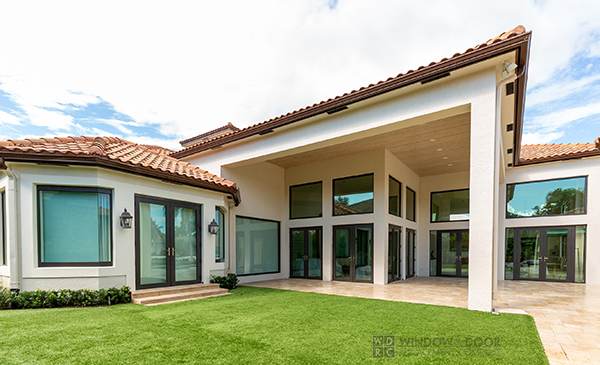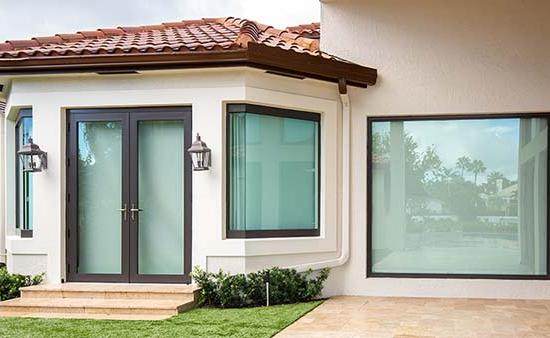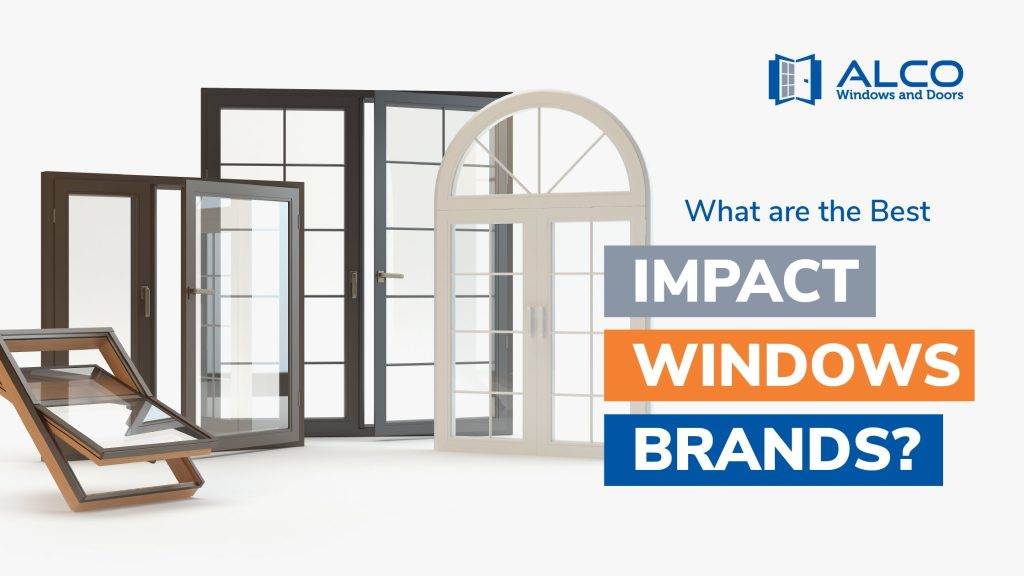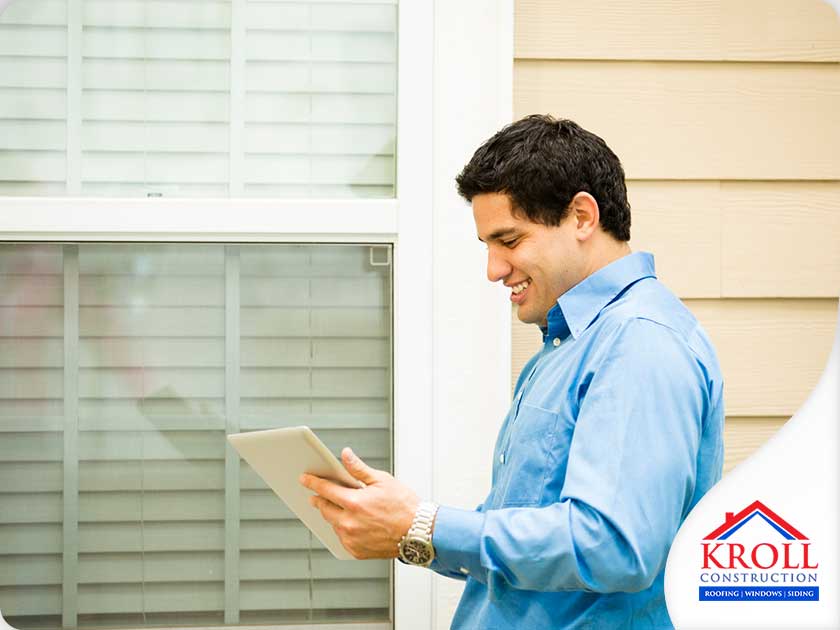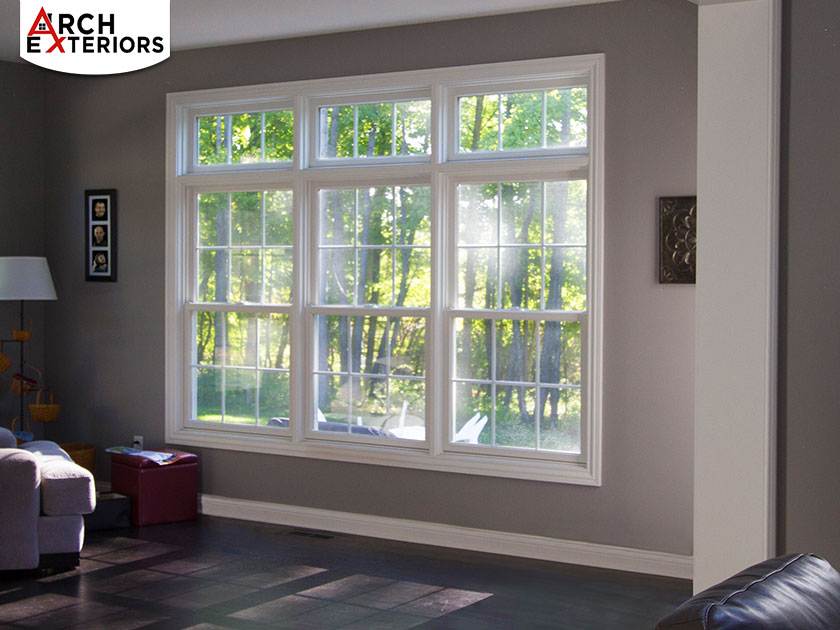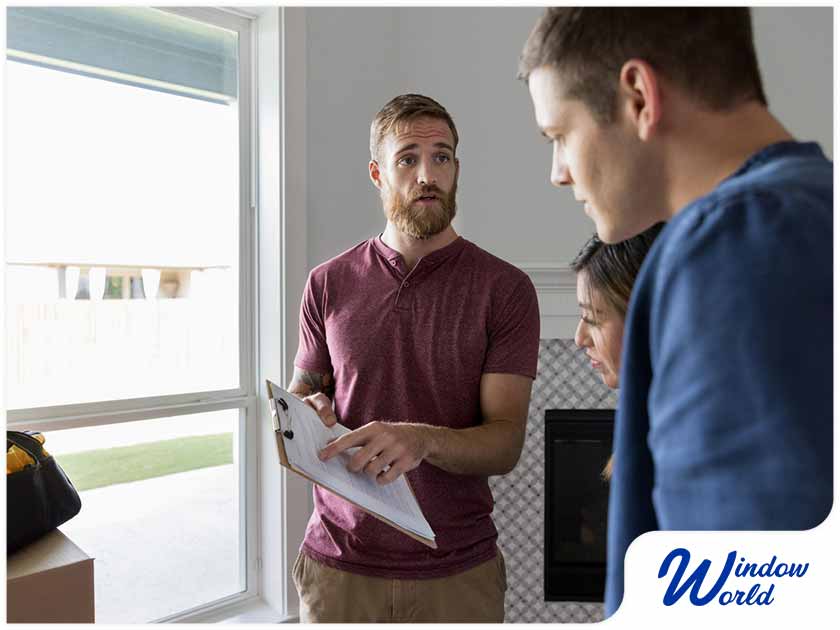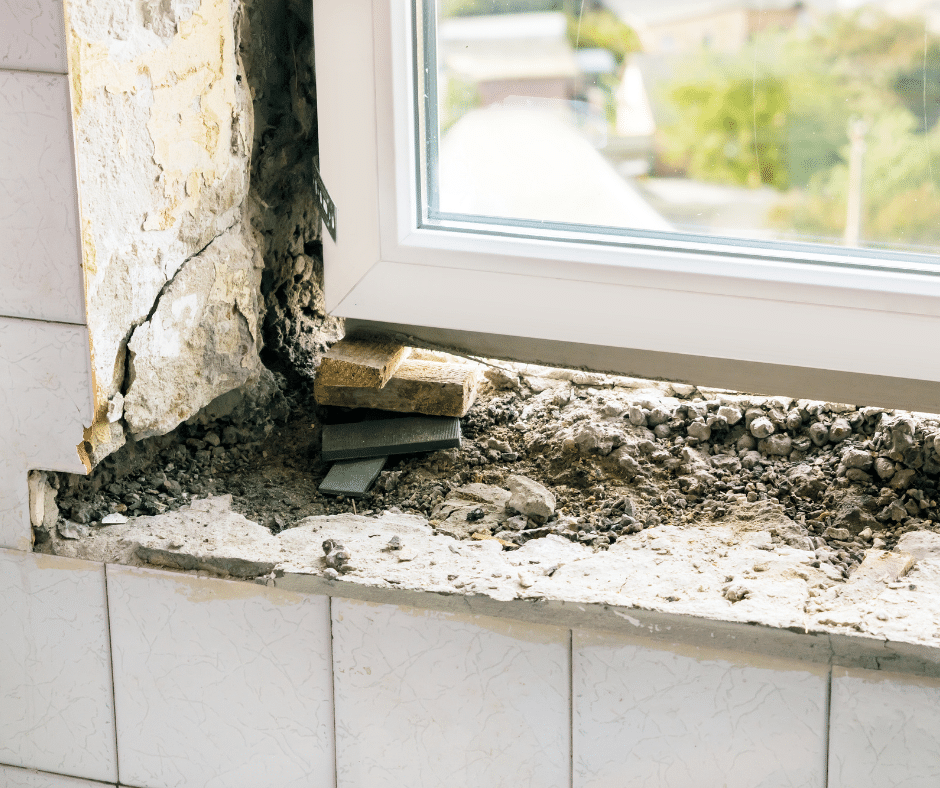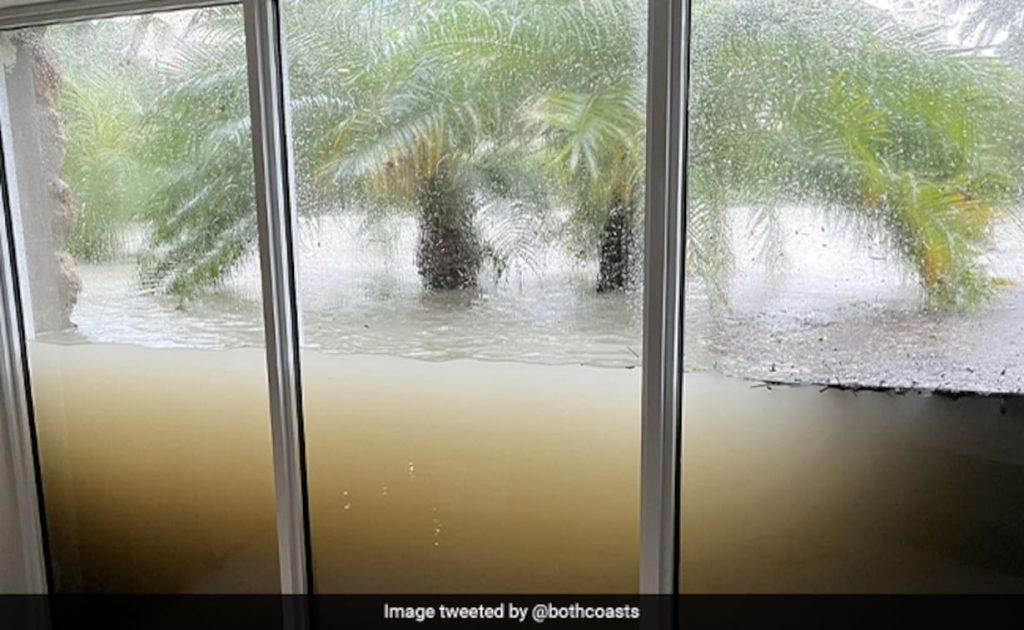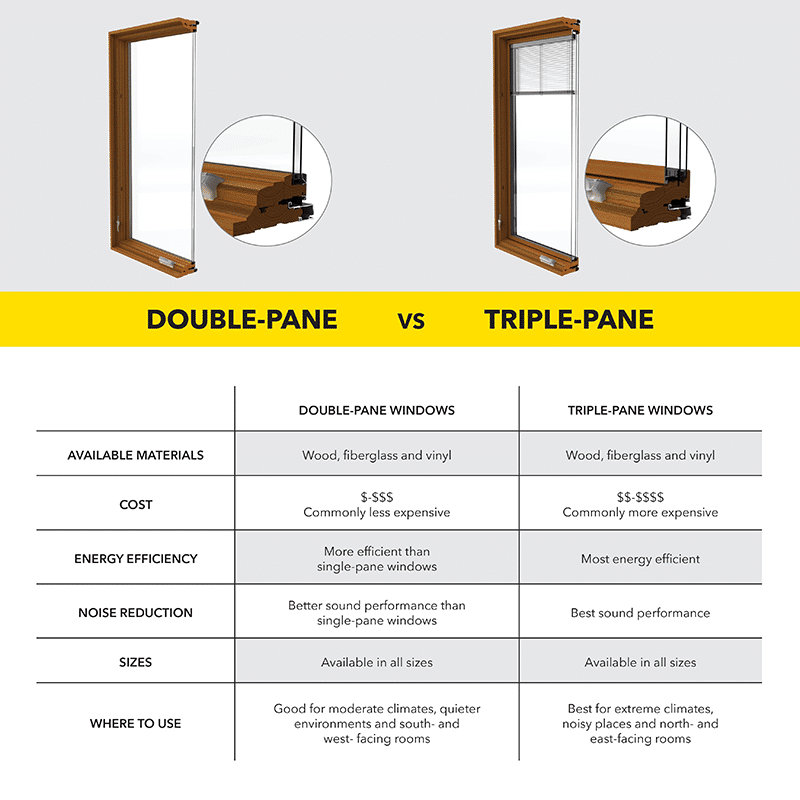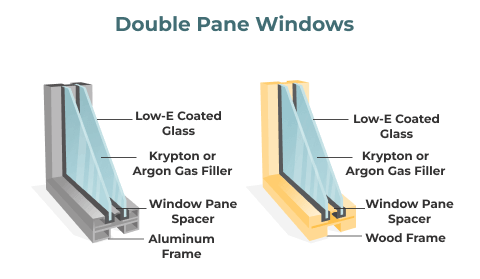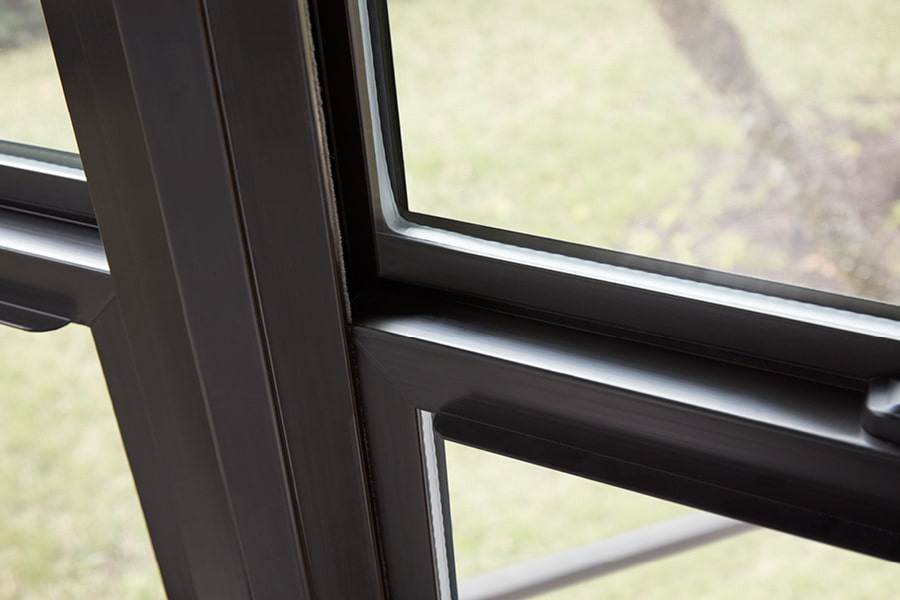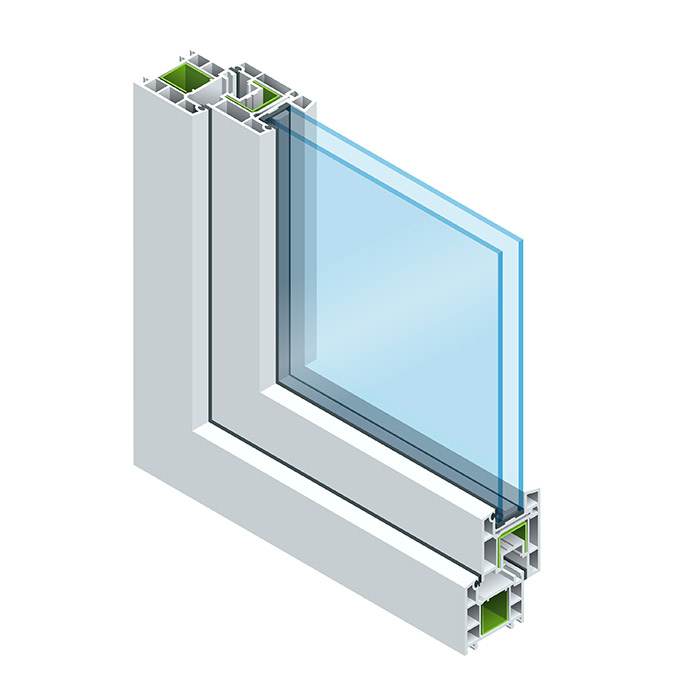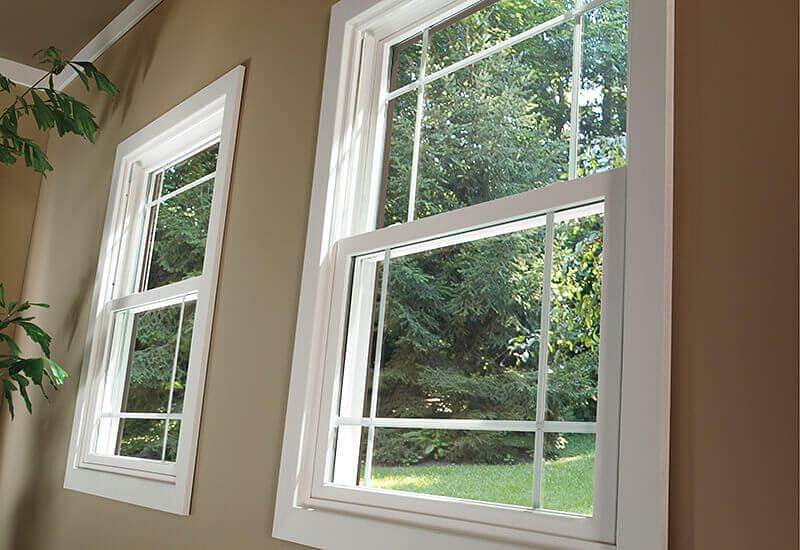In this article, we will explore the fascinating world of impact glass and whether or not it can be broken. We will discuss the unique properties that make impact glass resistant to shattering, as well as the factors that can potentially cause it to break. By the end, you will have a better understanding of the strength and limitations of impact glass, helping you make informed decisions about its use in various applications. Let’s dive in!
What is impact glass?
Definition of impact glass
Impact glass, also known as safety glass or hurricane glass, is a type of glass that is designed to withstand high impact forces. It is specifically engineered to provide protection against extreme weather conditions, burglaries, and accidents. Unlike regular glass, which shatters into dangerous shards when broken, impact glass remains intact, preventing injuries and maintaining the structural integrity of a building or vehicle.
Materials used in impact glass
The materials used in the production of impact glass vary depending on the manufacturer and specific requirements. However, the most common materials include two or more layers of glass and an interlayer of polyvinyl butyral (PVB) or ethylene-vinyl acetate (EVA) film. These materials are combined using high-pressure and high-temperature processes to create a strong and durable glass product. Additionally, other materials such as ceramic or metal coatings may be added to further enhance the strength and performance of impact glass.
How impact glass is made?
Manufacturing process of impact glass
The manufacturing process of impact glass involves several steps to ensure its strength and durability. First, the glass sheets are cut to the desired size and shape. Then, the interlayer material, typically PVB or EVA film, is placed between the glass layers. The assembled glass and interlayer are then subjected to heat and pressure in an autoclave, a specialized oven, to remove any air bubbles and bond the layers together. This process, called lamination, creates a strong and durable glass product.
Unique features of impact glass
Impact glass possesses unique features that make it an ideal choice for areas prone to extreme weather conditions or high levels of crime. One of its key features is its ability to withstand impact without shattering into dangerous shards. This not only prevents injuries but also provides a barrier against burglars and intruders. Impact glass also offers excellent sound insulation, UV protection, and energy efficiency, making it a versatile and practical choice for both residential and commercial applications.
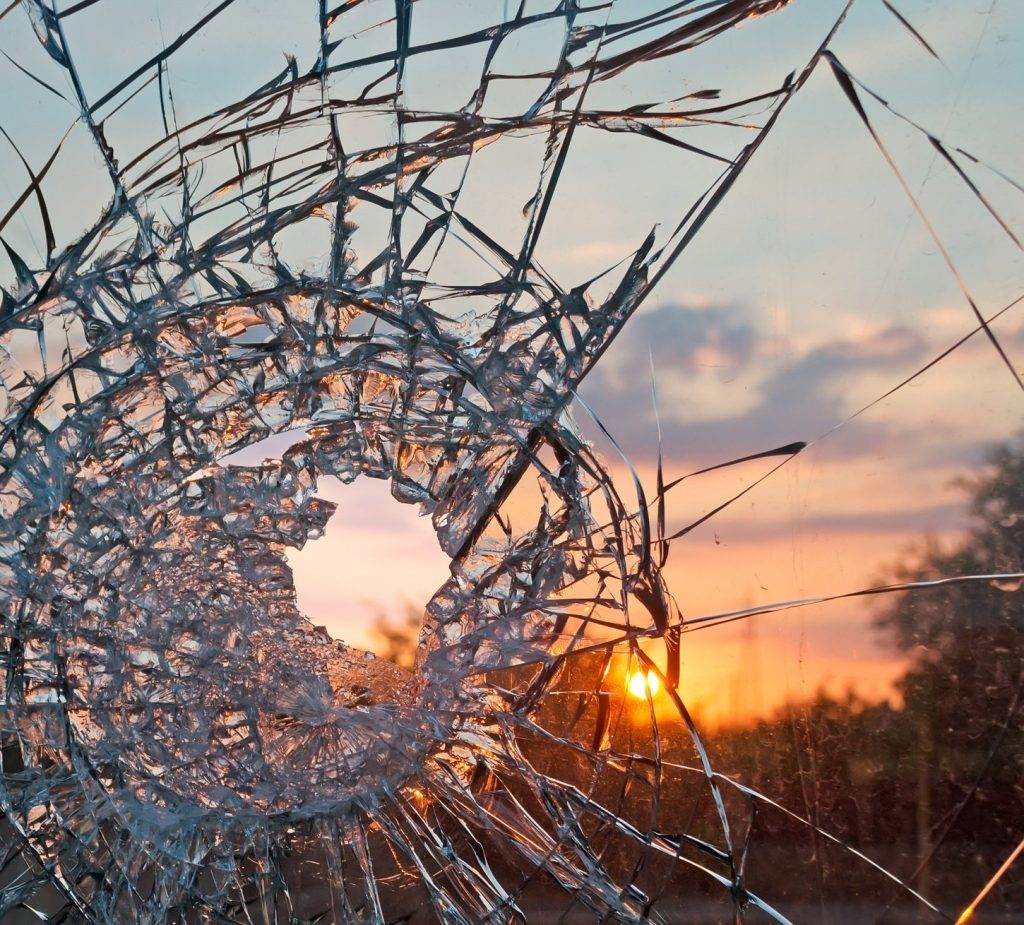
This image is property of cdn2.hubspot.net.
What makes impact glass strong?
Properties of impact glass
The strength of impact glass is attributed to its unique properties. One such property is its ability to absorb and distribute impact energy, which helps prevent the glass from breaking. Impact glass is also highly resistant to scratches, cracks, and chips, which further enhances its durability. Additionally, impact glass has excellent resistance to UV radiation, which prevents it from degrading over time. These properties work together to make impact glass exceptionally strong and long-lasting.
Reinforcing techniques used in impact glass
In addition to its inherent properties, impact glass is reinforced using various techniques to enhance its strength. One common technique is the use of tempered glass, which undergoes a process of rapid heating and cooling to increase its strength. Another technique is the addition of ceramic or metal coatings to the glass surface, which further improves its resistance to impact and breakage. These reinforcing techniques, combined with the unique properties of impact glass, make it highly resistant to forceful impacts.
Can impact glass resist forceful impacts?
Testing methods for impact resistance
To determine the impact resistance of glass, various testing methods are employed. One such method is the Small Missile Impact Test, which involves firing small projectiles at the glass to simulate the impact of wind-borne debris during hurricanes or other severe weather conditions. Another test is the Large Missile Impact Test, which involves using larger projectiles to simulate the impact of objects like tree branches or airborne debris. These tests measure the ability of impact glass to withstand forceful impacts and ensure its compliance with industry standards.
Case studies on impact glass performance
Numerous case studies have been conducted to evaluate the performance of impact glass in real-life situations. In hurricane-prone regions, impact glass has been shown to effectively withstand the impact of debris traveling at high speeds. buildings and vehicles equipped with impact glass have survived severe storms with minimal damage, demonstrating the effectiveness of this type of glass in protecting against extreme weather events. Additionally, impact glass has proven successful in deterring burglaries and reducing the risk of injuries from broken glass.

This image is property of www.windowguysflorida.com.
Is impact glass breakable?
Limits of impact glass strength
While impact glass is highly resistant to forceful impacts, it does have its limits. Under extreme conditions, such as a direct hit by a large object or a powerful explosion, impact glass can break. However, even in such cases, the glass will remain largely intact due to the interlayer material holding the shattered pieces together. This significantly reduces the risk of injuries and allows for prompt replacement or repair.
Factors that can cause impact glass to break
Several factors can contribute to the breakage of impact glass. One such factor is improper installation, which can result in stress points that weaken the glass. Additionally, damage to the glass surface, such as deep scratches or chips, can compromise its strength. It is important to properly maintain and inspect impact glass to ensure its continued performance and to promptly address any issues that may compromise its integrity.
How does impact glass break?
Different types of impact glass breakage
When impact glass breaks, it may exhibit different patterns and forms of breakage. One common type is called spider webbing, where cracks radiate out from the point of impact. Another type is called spalling, where small chips or fragments break off the surface of the glass. These different types of breakage can occur depending on the force, angle, and location of the impact. The specific break pattern can provide valuable information about the nature of the impact and aid in determining the cause of the breakage.
Effect of impact location on break pattern
The location of the impact can also affect the break pattern of impact glass. For example, if the impact occurs close to the edge of the glass, it may result in a more significant and widespread breakage. On the other hand, if the impact is located in the center of the glass, it may cause a smaller, more localized breakage. The location of the impact should be considered when assessing the damage and determining the appropriate repair or replacement method.

This image is property of www.aspwindows.com.
How to repair broken impact glass?
Repair techniques for impact glass
When impact glass is broken, it can be repaired using various techniques. One common method is to replace the damaged glass while leaving the intact portions in place. This is known as a partial replacement or spot repair. Another method is to remove and replace the entire glass panel, which is typically done when the damage is extensive or when there are concerns about the long-term performance of the glass. Professional glass repair specialists can assess the damage and recommend the most appropriate repair technique based on the specific circumstances.
Cost and effectiveness of repairs
The cost of repairing impact glass can vary depending on the extent of the damage, the size of the glass panel, and the specific repair technique used. In general, spot repairs tend to be more cost-effective than full panel replacements. However, it is important to consider the long-term effectiveness of the repair. Properly repaired impact glass can maintain its strength and performance, ensuring continued protection and peace of mind.
Preventing impact glass breakage
Safety measures for impact glass
To prevent impact glass breakage, it is important to take certain safety measures. Regular inspection and maintenance of the glass, including checking for any signs of damage or wear, can help identify potential issues before they escalate. Additionally, using appropriate cleaning techniques and avoiding abrasive materials can prevent scratches and surface damage. It is also important to follow manufacturer guidelines for installation and use, as improper handling or installation can compromise the strength and performance of impact glass.
Impact resistant film and coatings
In addition to standard impact glass, the use of impact-resistant films or coatings can provide an extra layer of protection. These films are typically applied to the surface of the glass and can enhance its resistance to impact, prevent shattering, and provide added security. Impact-resistant films are available in various thicknesses and can be customized to meet specific needs. They are often used in conjunction with impact glass to provide an additional level of safety and protection.
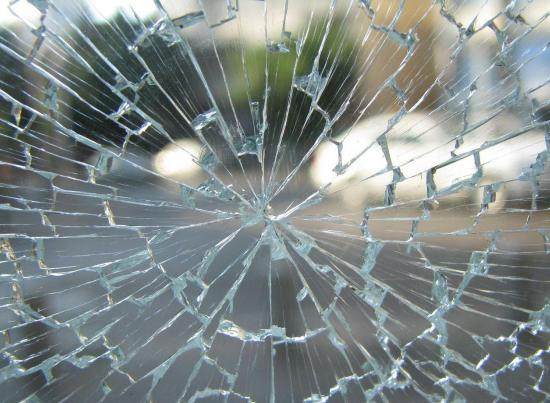
This image is property of www.windowanddoorreplacementcompany.com.
Comparing impact glass to regular glass
Strength and durability differences
The main difference between impact glass and regular glass is their ability to withstand forceful impacts. Regular glass shatters into sharp and dangerous shards when broken, while impact glass remains largely intact, reducing the risk of injuries. Impact glass is also more resistant to scratches, cracks, and chips, making it more durable and long-lasting. However, it is important to note that impact glass is not completely unbreakable and has its limits under extreme conditions.
Cost implications of impact glass
Due to its specialized manufacturing process and enhanced features, impact glass is generally more expensive than regular glass. However, the benefits and added safety provided by impact glass make it a worthwhile investment, especially for areas prone to severe weather, high crime rates, or other potential risks. The cost of impact glass should be viewed as a long-term investment in the safety and security of a building or vehicle.
Conclusion
In conclusion, impact glass is designed to withstand forceful impacts and provide protection against extreme weather conditions, burglaries, and accidents. Its unique properties and manufacturing processes make it exceptionally strong and durable, while still allowing for repair and replacement if needed. Impact glass is not completely unbreakable, but it offers enhanced safety and protection compared to regular glass. By taking appropriate safety measures and following manufacturer guidelines, the risk of breakage can be minimized. The cost of impact glass should be considered as an investment in the long-term safety and security of a property or vehicle. Overall, impact glass provides peace of mind and a reliable barrier against potential threats.
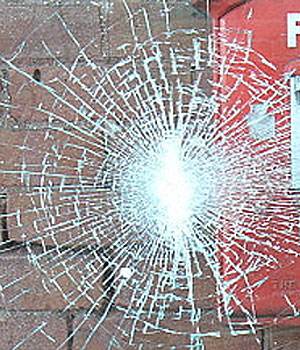
This image is property of chicagowindowexpert.com.

